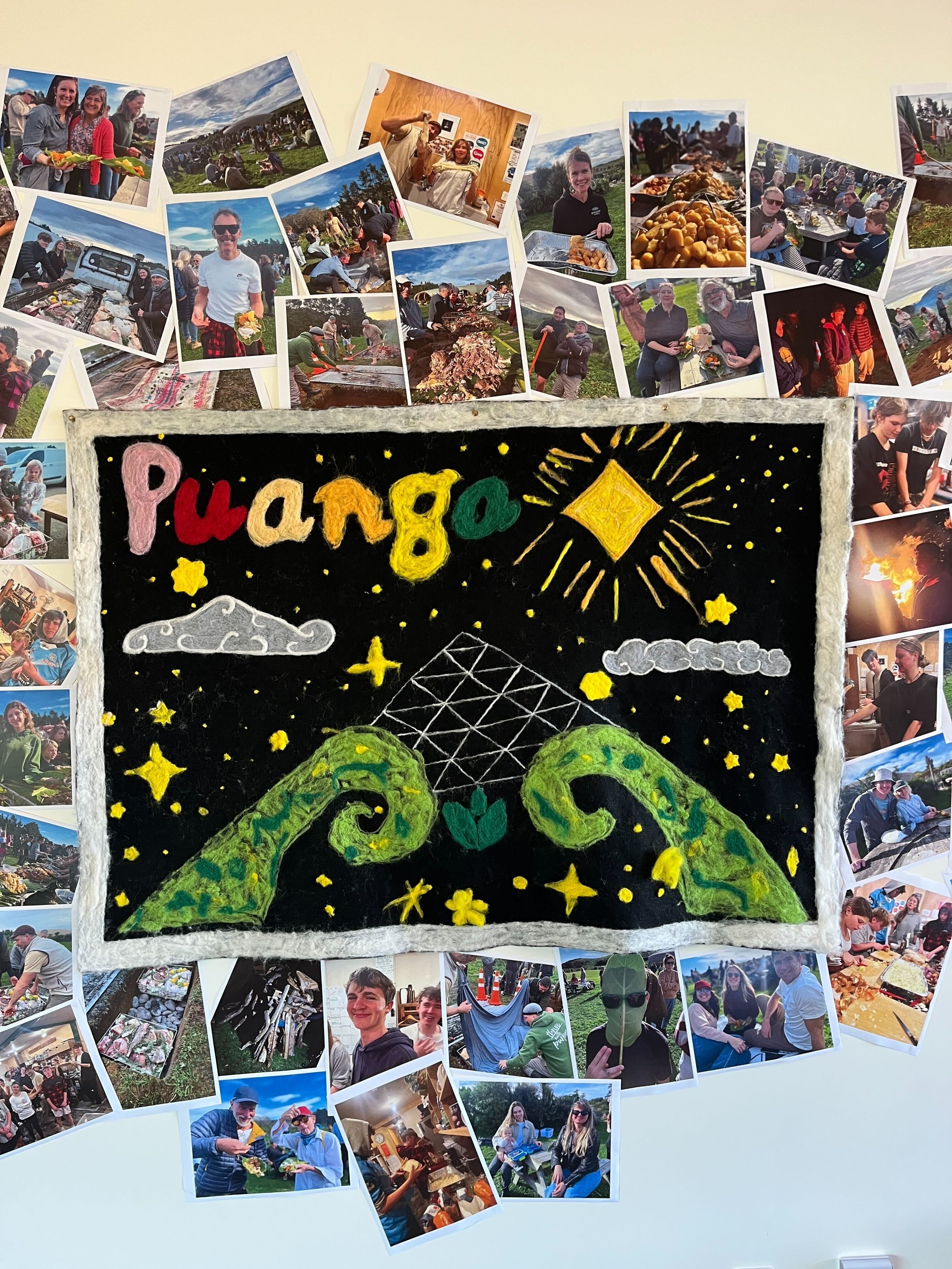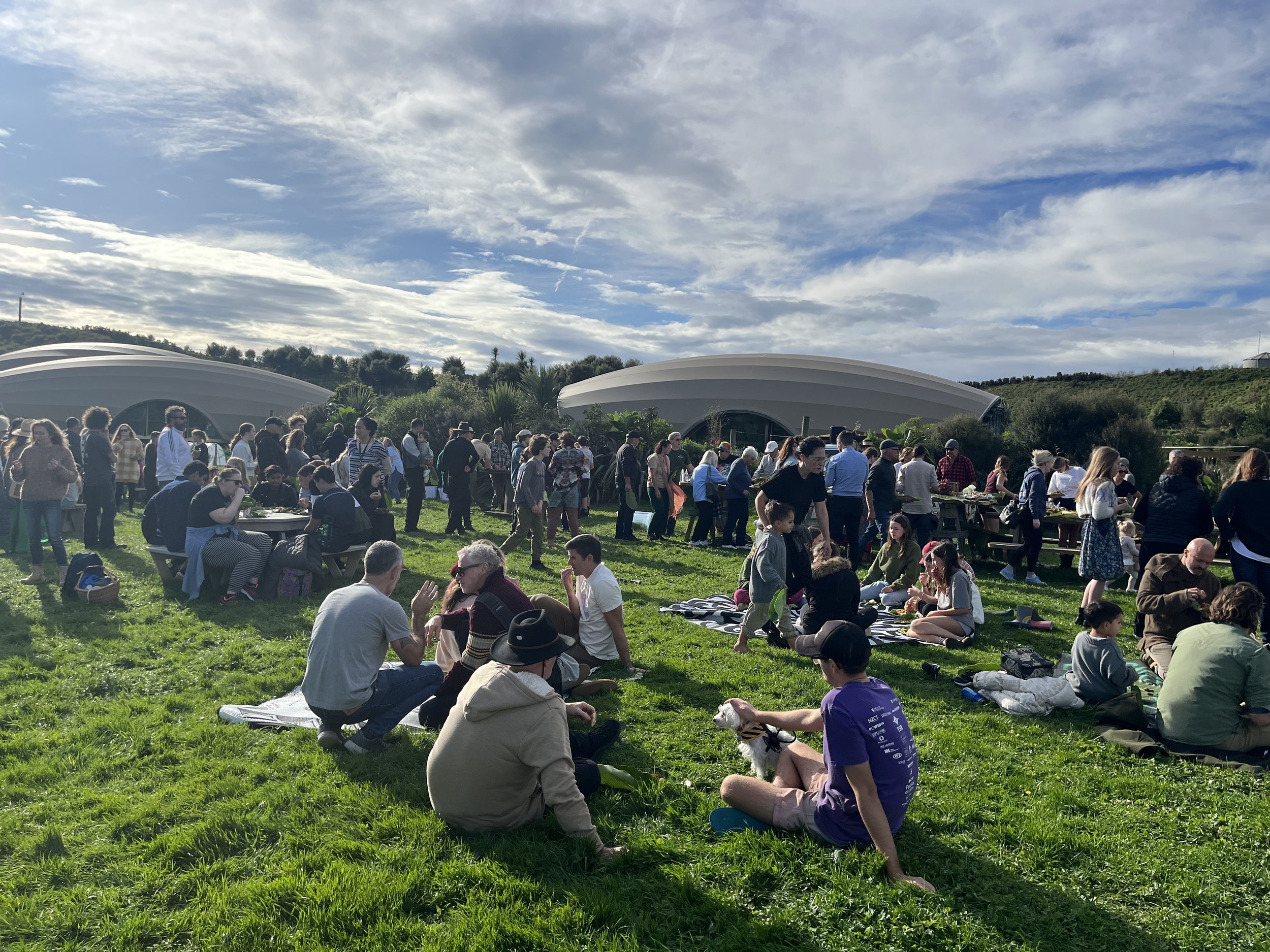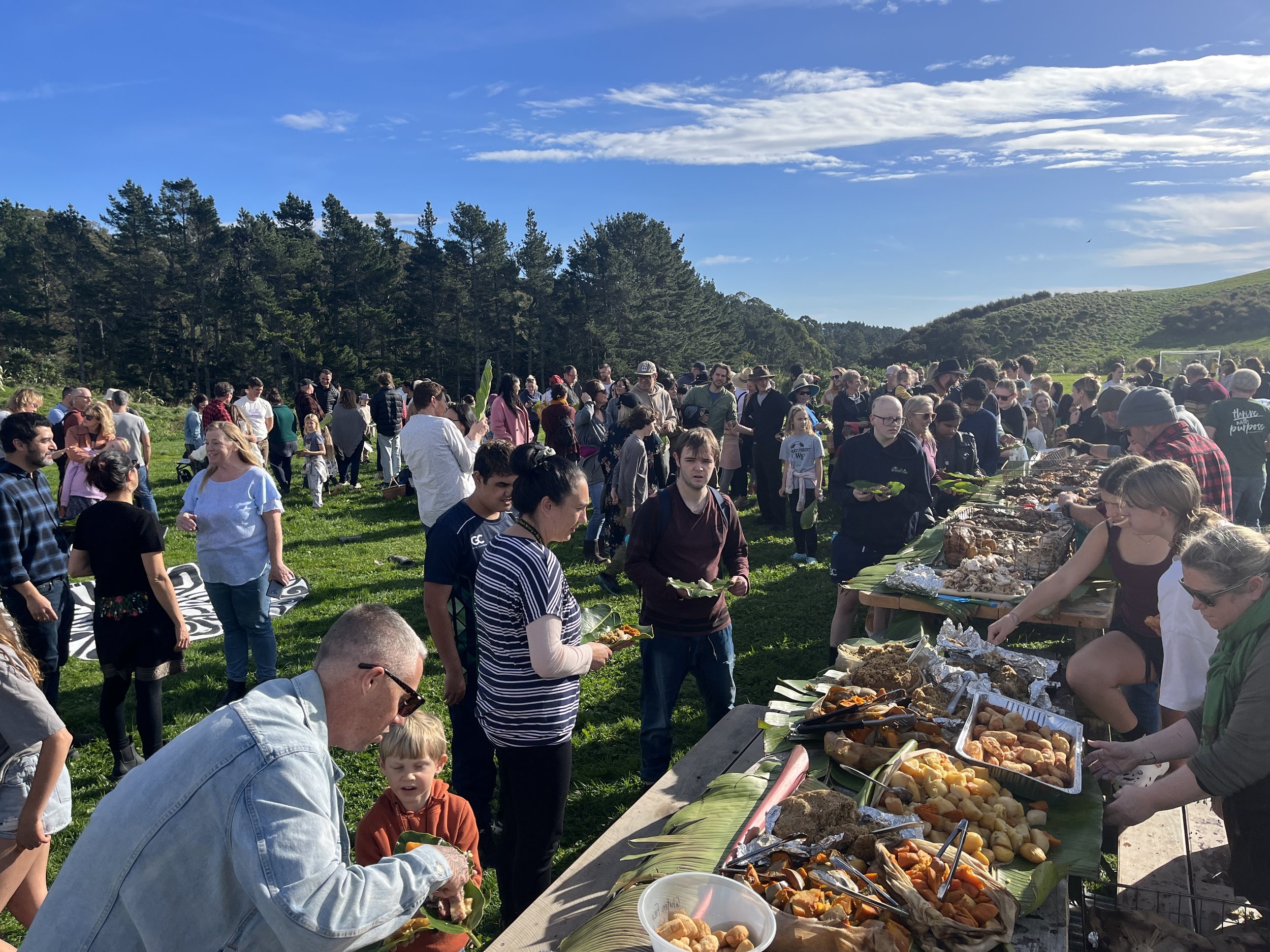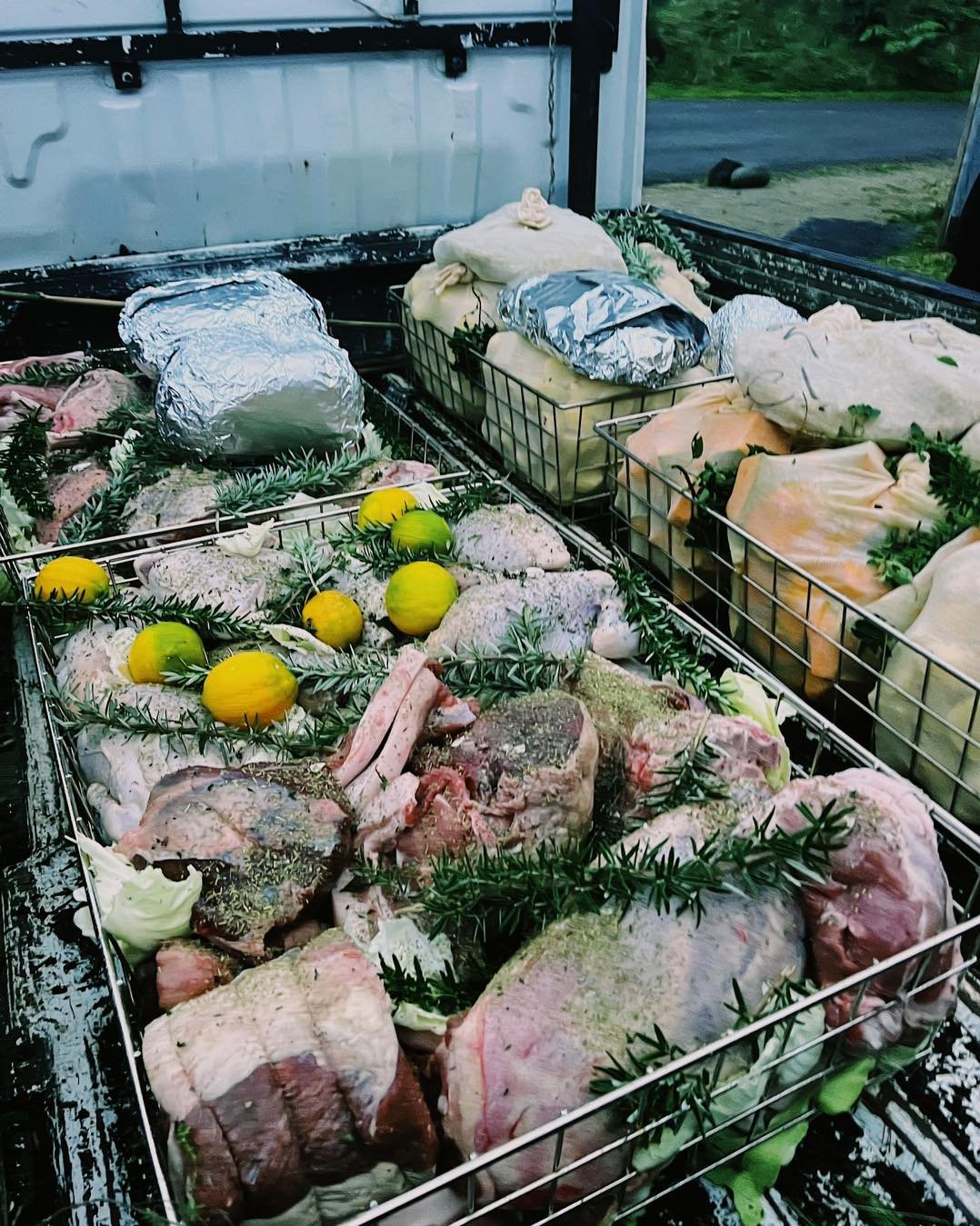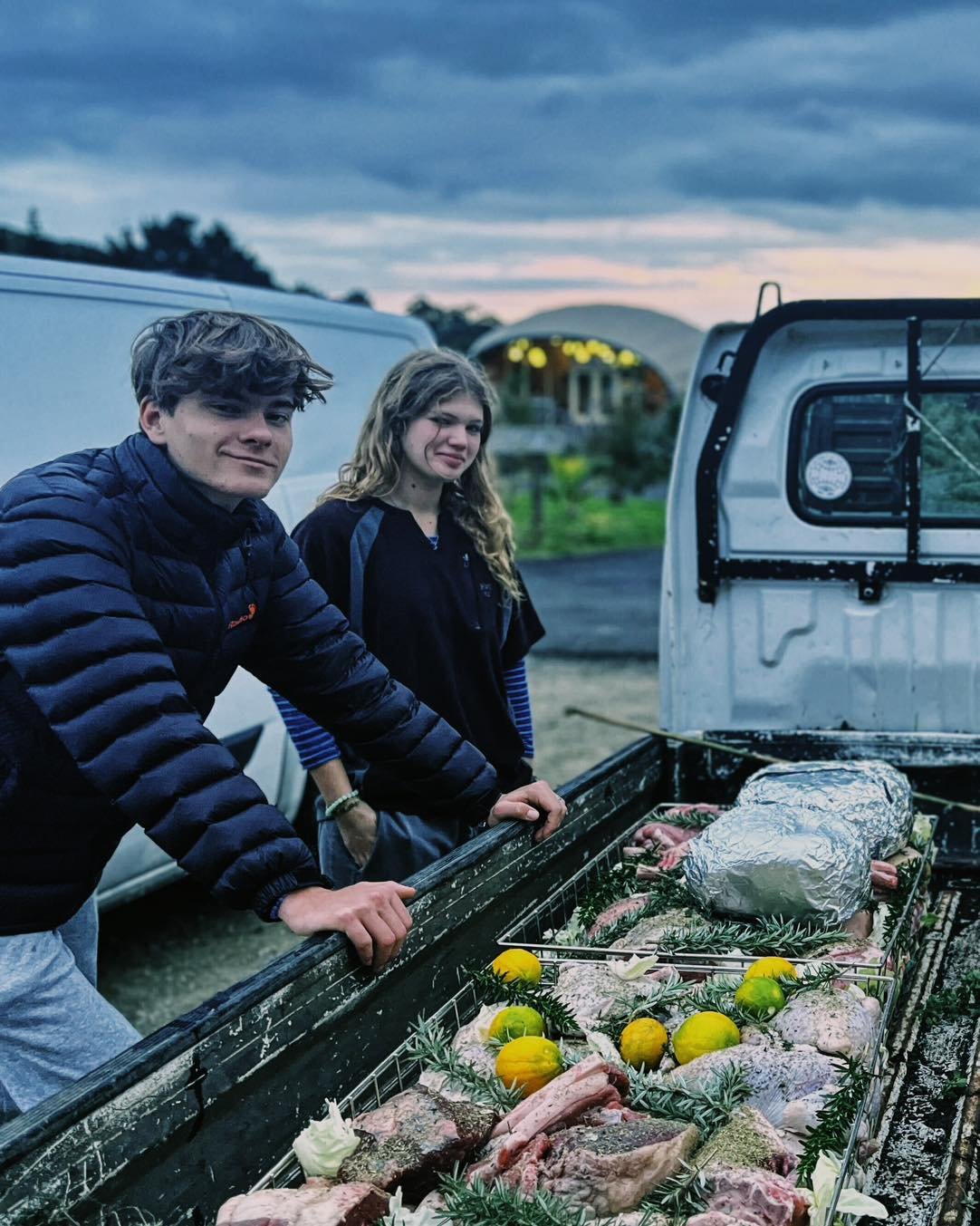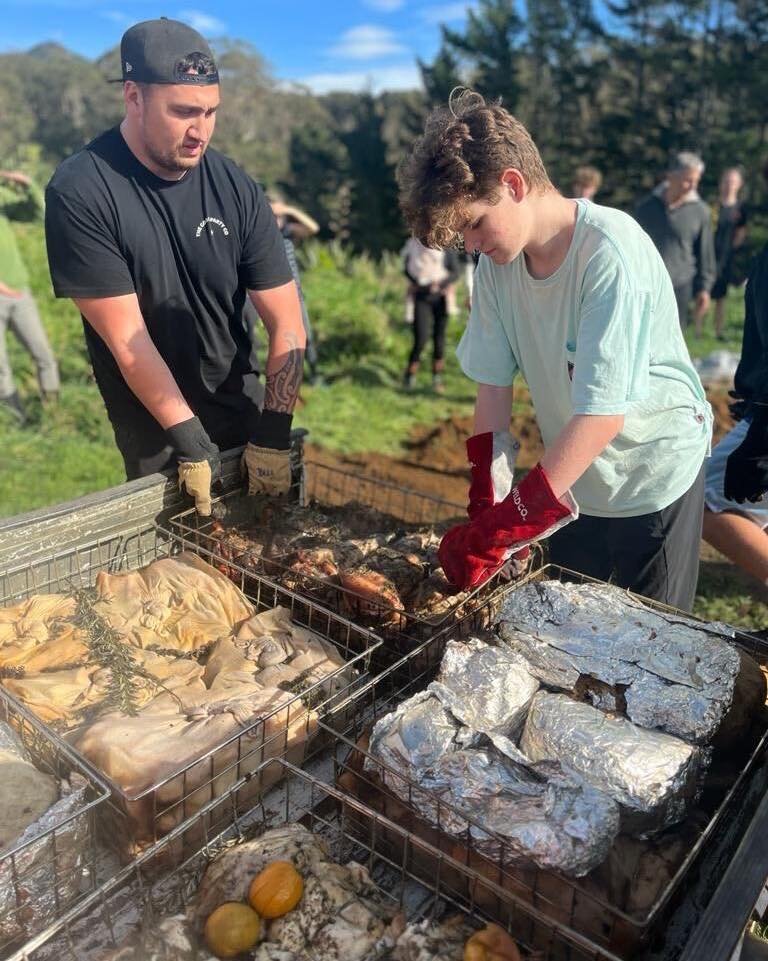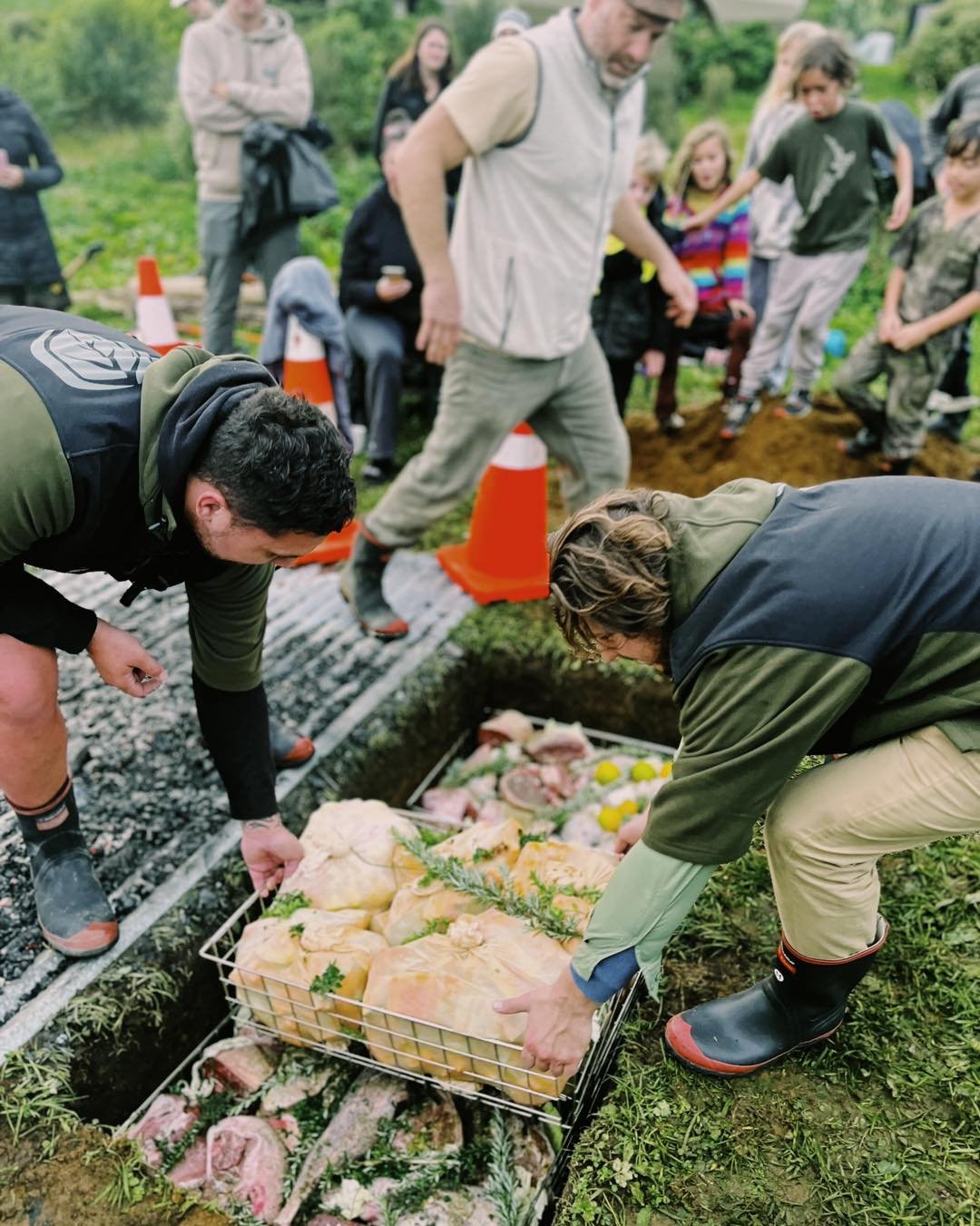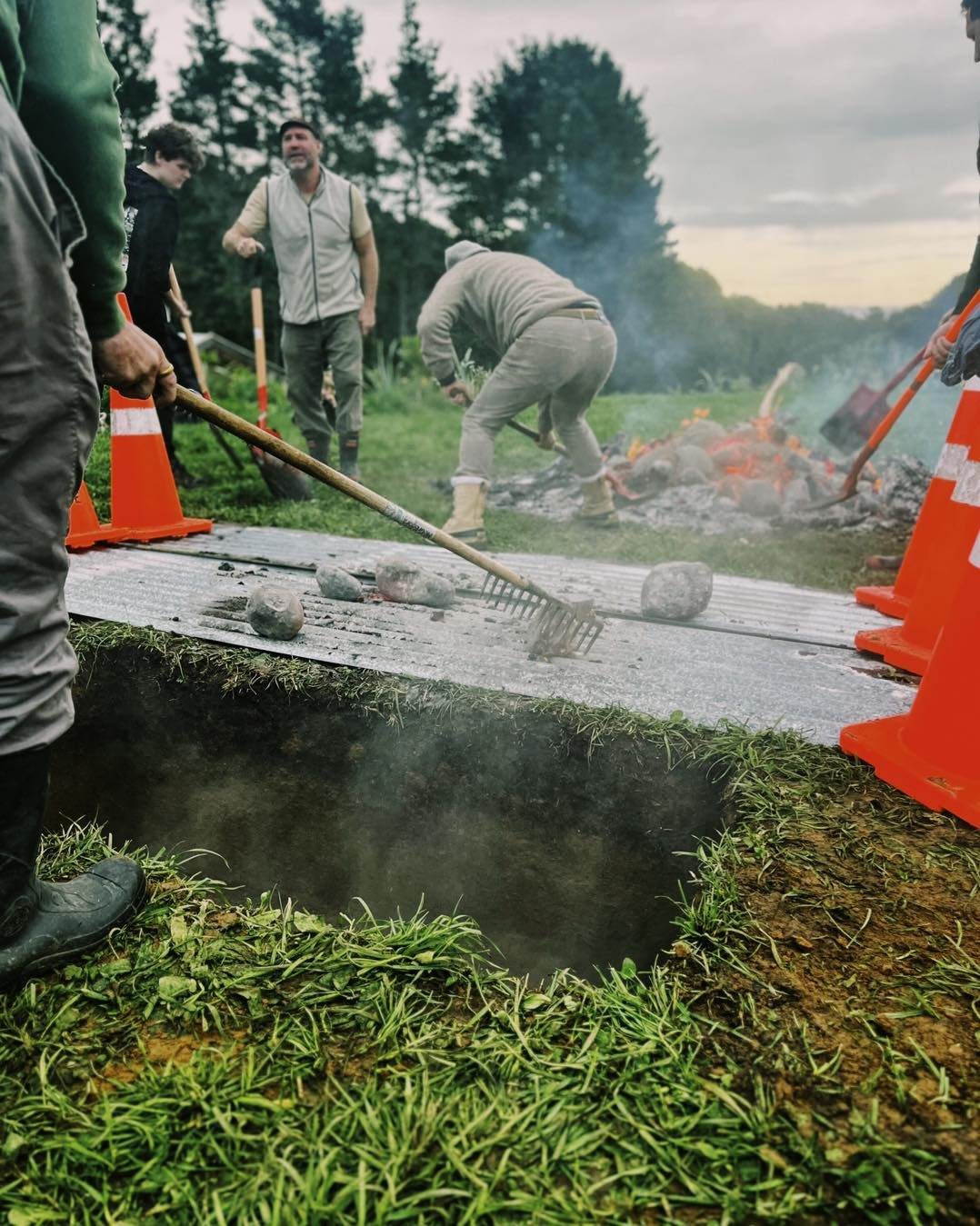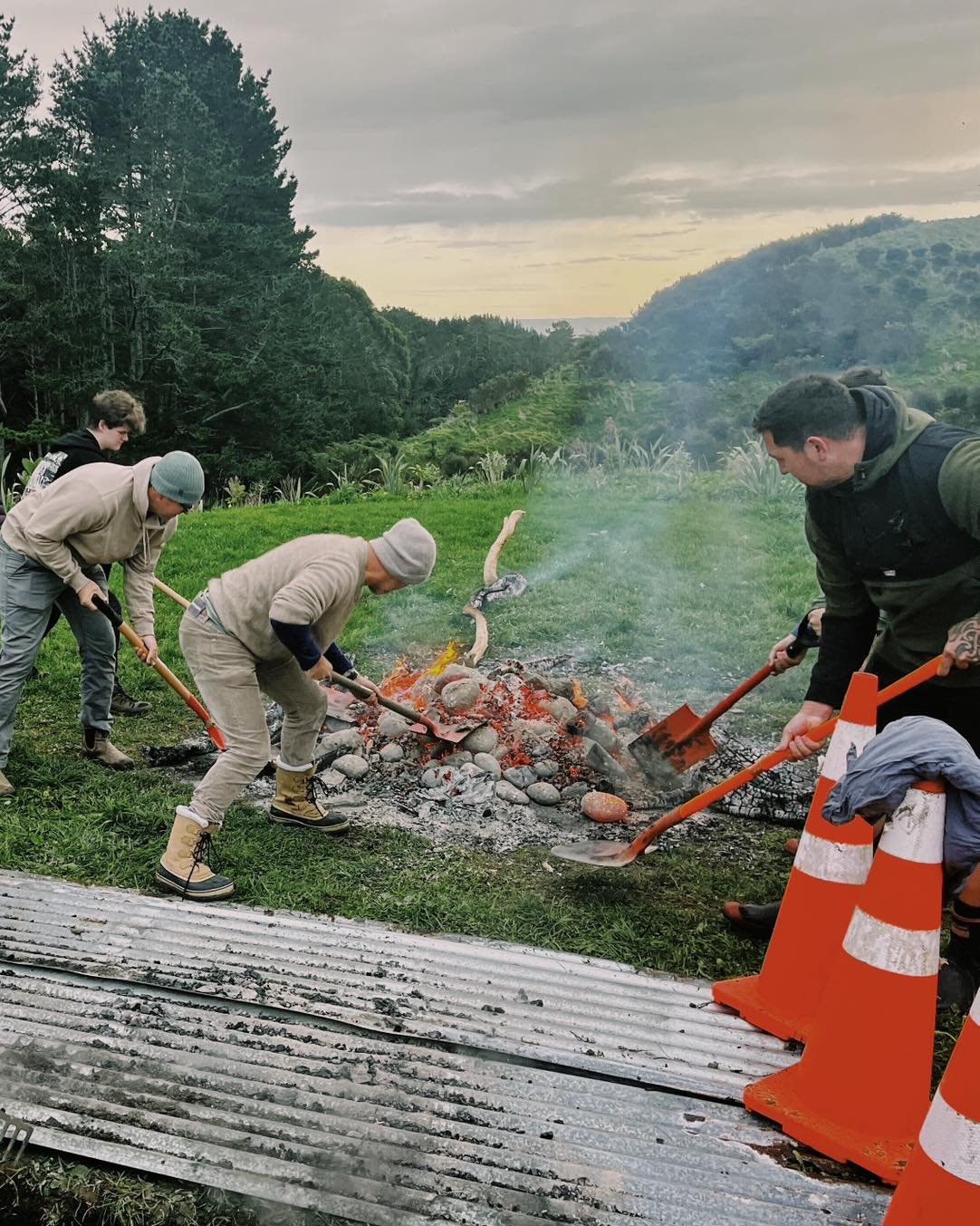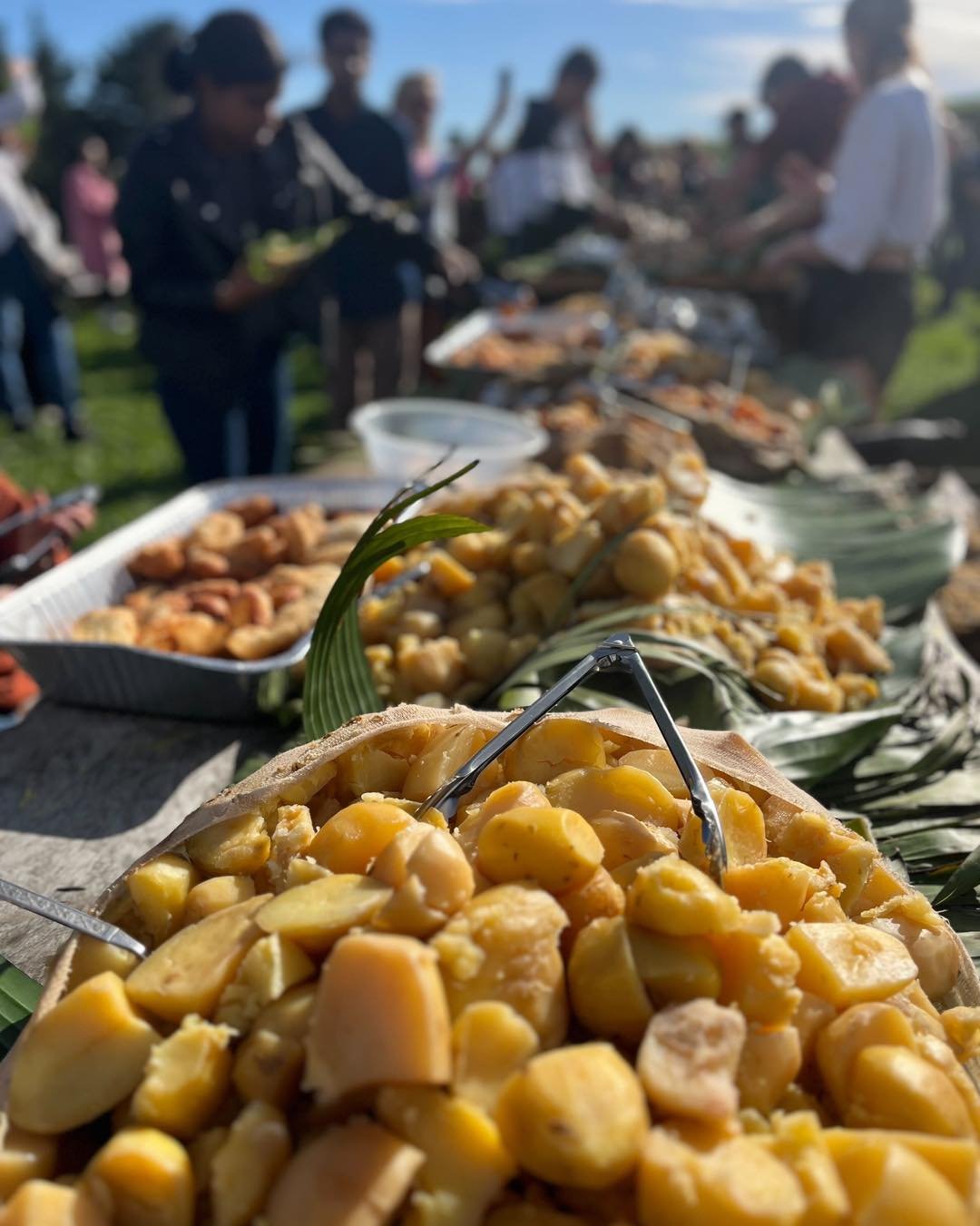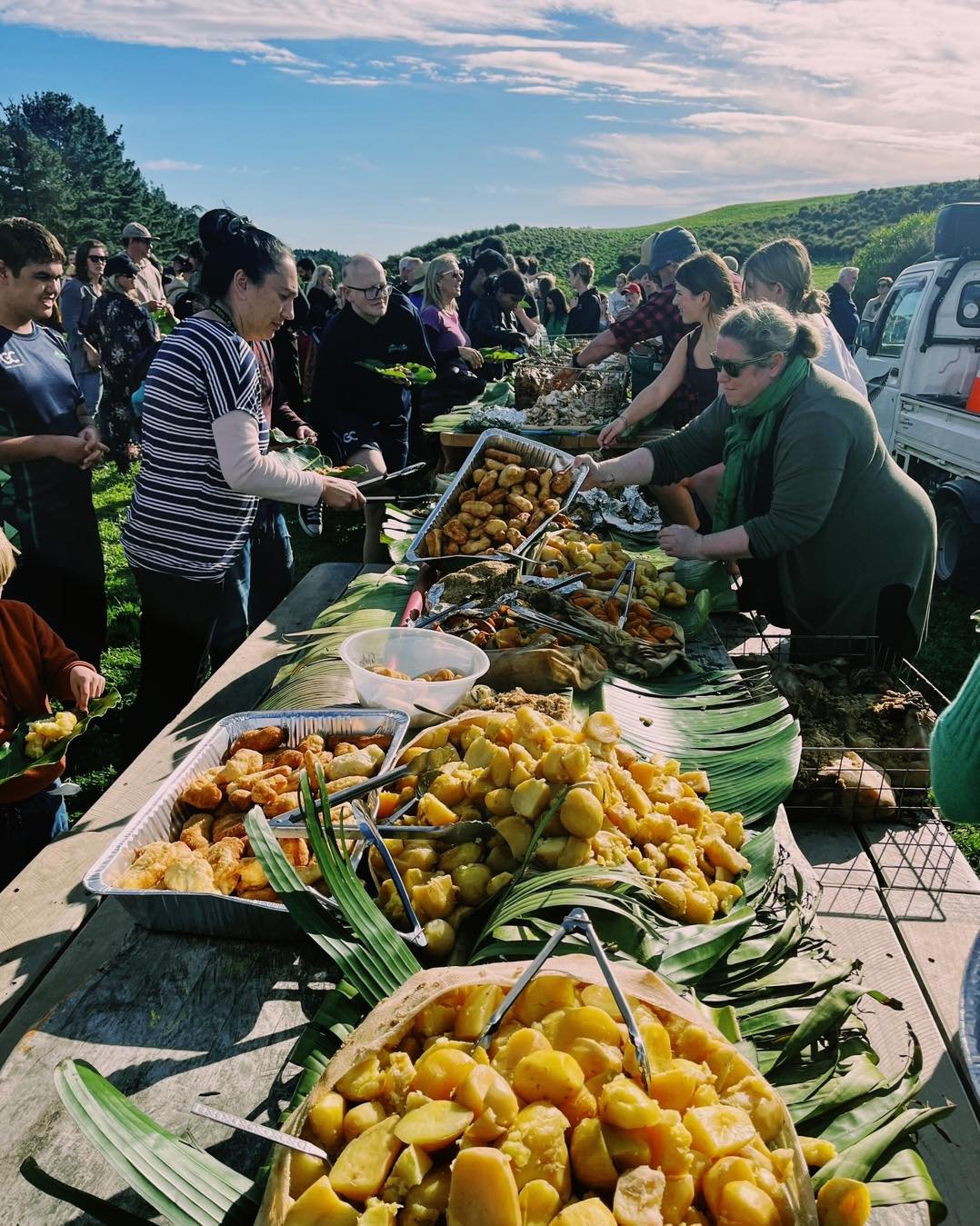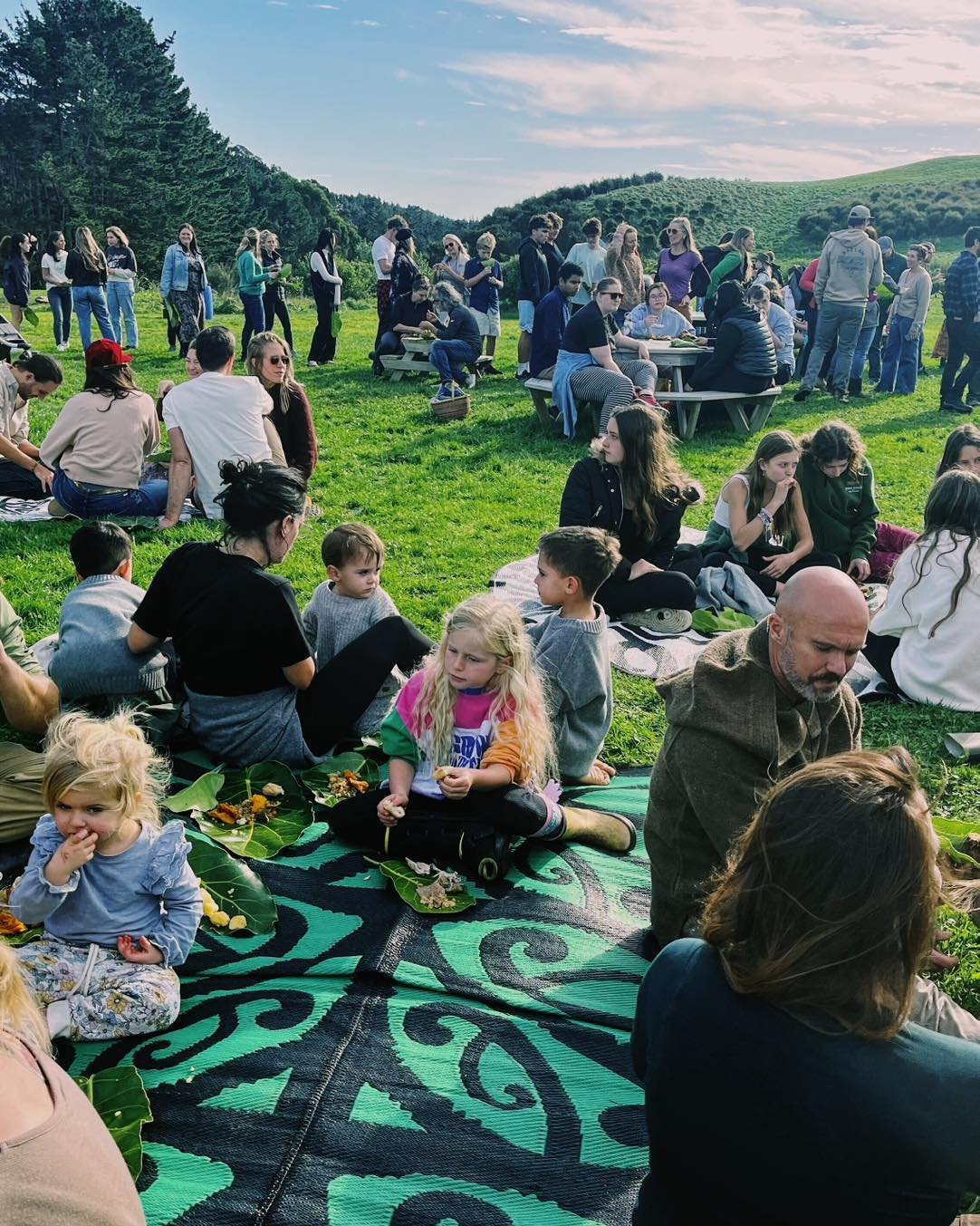Green School NZ Celebrates Puanga Festival
May-June, July
Puanga Festival celebrates the beginning of the Māori new year, below is a little history on the event and how GSNZ celebrates it.
Māori culture
In Māori culture Puanga is a star constellation that was believed to be the older brother of Matariki. Puanga’s dawn rising above Maunga Taranaki between May and June, signals the start of winter and signifies the beginning of the Māori new year, Matariki. It’s a time of year to remember and give thanks to tupuna (ancestors) and recently departed loved ones.
The dawn vigil celebrates culture, being spiritual and with a focus on education, gardening and the arts. It is a time to finish the harvest and prepare the soil and plants for the coming year. Puanga Kai Rau is about enjoying the end of harvest and sharing stories and songs with family and friends during the cold months of winter and await the tangi of the pipiwharauroa and kawekawea who herald the return of spring.
The traditional Māori year
The traditional Māori year, measured by a lunar cycle, counts 13 months. Māori also measure by nights rather than by days, with a simple example being: āpōpō literally meaning after the night (tomorrow). The Māori New Year starts with the new moon of the first month of the cold season, Pipiri, when people started to come together or to piri back at the main settlement after living in the various food gathering sites during summer and autumn in preparation for the cold months ahead.
Hangi
Traditionally, Māori people cooked in earth ovens called ‘hāngī'. There are few experiences that rival sharing a feast cooked in a traditional Maori hāngī (earth oven), a centuries-old cooking method perfect for feeding a crowd and bringing a community together. In traditional hāngī cooking, food such as fish and kumara (sweet potato), were cooked in a pit dug in the ground. Today, pork, lamb, potato, pumpkin and cabbage are also included. Hāngī food, or 'kai' in Māori, was traditionally wrapped in flax leaves, but a modern Hāngī is more likely to use cloth sacks, aluminium foil and wire baskets. The baskets are placed on hot stones at the bottom of a hole dug into the ground. The food is covered with a wet cloth and a mound of dirt that traps the heat from the stones. The Hāngī food is left in the ground for about three to four hours, depending on the quantity being cooked. The result of this process is tender meat and delicious vegetables, infused with smoky, earthy flavours. Our GSNZ hāngī, as part of the Puanga Matariki celebrations, had separate baskets for our vegetarians and vegans as well.
Community
The GSNZ community came together to celebrate Puanga and Matariki in late June, with everyone helping the school prepare for the gathering and hāngī in true Green School style. Learners spent the week leading up to it peeling plenty of potatoes and prepping other vegetables. Families contributed by gathering materials, supplies and additional food. On the day of we partook in a dawn gathering witnessing Puanga’s dawn rising above Maunga Taranaki. We then followed with setting up the hāngī, an eye-opening experience for new learners to witness, before joining in on community activities and games on campus for the remainder of the morning. Once fully cooked, the hāngī was a success, providing a delicious (and generous) spread of food enjoyed by all. As a community we intentionally cooked an abundance kai and with the help of volunteers and staff we were able to donate over twenty meals to people in need.
We would like to thank our wonderful community, for their contributions and mahi on the day. We look forward to this new year, as we welcome new families to the community and the school and are able to share incredible experiences like Puanga with them too.

